Learn
Protecting Forestry Workers
Forests are amazing places filled with excitement, natural wonders of the world, recreation, relaxation, industry, and so much more.
Before we can appreciate all that forests have to offer however, we must first realize and understand the potential hazards that exist in the forest.
Planning for safety is important in the forest industry, because many of the occupations related to forestry are considered to be hazardous.
Avoiding Injury
What can I do to avoid being hurt in the forest? There are several things you can do to avoid being injured in the forest.
Personal Protective Equipment - PPE is equipment designed to help keep you safe. Examples include steel toe high lace boots, hard hats, safety glasses, chaps, ear plugs, high visibility orange etc.
Stay alert! - Don't daydream while in the woods. Keep your mind sharp as you walk through the woods.
Recognize Dangers: Be able to recognize dangerous situations such as:
- stump holes,
- dead limbs hung in the canopy,
- old wells,
- dead trees,
- bodies of waters,
- bluffs,
- low hanging limbs,
- stinging insects,
- venomous spiders,
- venomous snakes,
- and poisonous plants.
Behave Safely: Conduct yourself in a safe manner. Do not run or horseplay in the woods. If you are playing around you may overlook a potential hazard.
Look for Hazards: Actively look for hazards! There is a difference in always and actively. Always looking simply means your eyes are open. Actively looking means you are search for dangers. You are looking at every obstacle for any potential hazard it may have.
Be Aware: Be aware of other people around you and what they are doing. Keep an eye on others to be sure they are not putting themselves or you in danger. Be careful when working near others that may be cutting trees.
Topographical Maps: Use topographical maps to identify potential hazards. Topographical maps are maps that show the earth's surface including items such as bodies of water, elevation change, structures, orchards, and swamps, among other things. By knowing the symbols and elevations on a topographical map, you will be able to identify hazards before you reach them. The lines on a topographical map indicate a change of 10' in elevation. The closer together the lines are, the steeper the terrain is.
Have a Plan: Make a forestry plan.
- Tell your team when you are leaving the location
- Where you will be working
- The time you will return from your activity.
Remember if no one knows your plan, then don't plan on anyone missing you!
Head Protection
What type of PPEs are required for a forestry workers and what protection to they offer?
Head protection is required for various careers in the forest industry to protect from overhead hazards. Hard hats can protect you from hitting your head on low clearances or from falling debris.

Face and Eye Protection
Protection for face and eyes is needed for hand cutting with a chain saw.
Most forestry operations will require safety glasses that are shatter resistant for all employees to wear in various parts of forest industry.
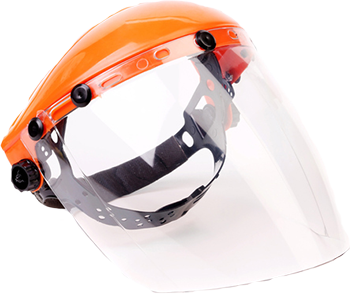
Hearing Protection
Ear muffs can be required for hearing protection when cutting and chain saw use. Ear plugs can also be worn but may not provide enough protection.
Remember wearing earphones or ear buds that play music do not provide protection for the ears. Damage to hearing can occur over time and can cause hearing loss.
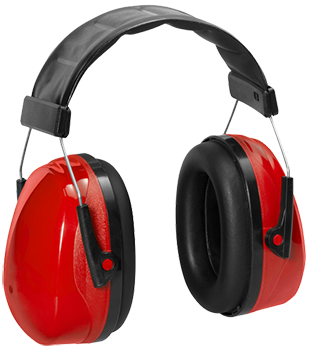
Leg Protection
Leg protection is required for those in the forest industry to protect from injury from scrapes and cuts in the field as well as from machinery and moving parts.

It is important that those cutting lumber with a chain saw also wear additional protection such as wearing chaps with cut resistant material to stop the blade of the saw should kickback occur.
In addition long pants should be worn to protect from injuries that could be caused by insects, animals, snakes or ticks.
Hand Protection
Wearing gloves can protect hands from cuts and scrapes and puncture wounds and is required if working with rope.
Gloves can also protect hands during some operations. However, when working around moving machinery gloves may be dangerous. When using machinery, many times gloves should not be worn to ensure that the glove and potentially the person does not become trapped or pulled into the moving parts of the equipment.

Foot Protection
Wearing steal toed boots in a critical part of foot protection.

It is recommended that a good fitting boot that protects the toes, foot, and ankle is worn.
Boots should also have a non-slip bottom. Some people working in the forest may want to wear additional snake boot or leg coverage to protect from a potential run-in with a snake.
Skin Protection
Apply insect repellent to exposed skin in order to protect skin from insect bites and stings.
You can also spray clothing.
Wearing long sleeves and pants will help protect your skin as well – from bites and the sun.

PPEs for Careers
What PPEs are required for various careers in forestry? According to the U.S. Department of Labor the following are required for each forestry job listed:
Supervisor/Foreman: Any time a supervisor or foreman is working in any job category below they shall wear all personal protective equipment required for that job category.
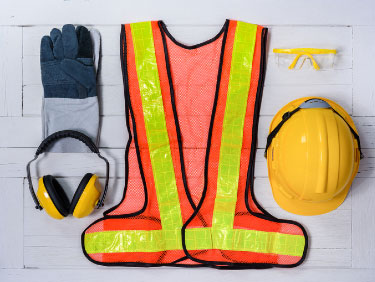
Feller: A "feller" refers to both the job title and the piece of machinery used to cut down or "fell" trees.
Feller PPE:
- Hard Hat
- Leg Protection
- Eye Protection
- Safety Boots
- Hearing Protection
- Gloves
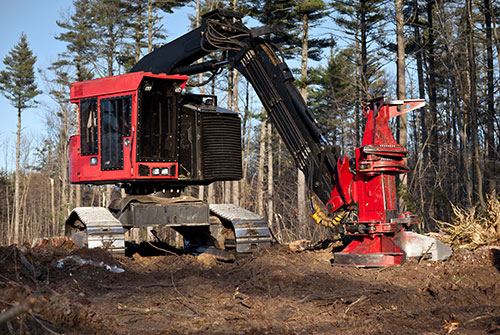
Skidder/Skidder Operator: A skidder is machinery used to move felled trees to a central location.
Skidder PPE:
- Hard Hat
- Leg Protection
- Eye Protection
- Safety Boots
- Hearing Protection
- Gloves
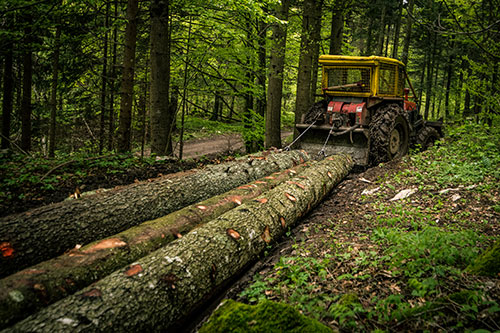
Yard/Yard Man/Bunch Man: A yard man or bunch man is a worker who assists with sites where trees are skidded.
Yard PPE:
- Hard Hat
- Leg Protection
- Eye Protection
- Safety Boots
- Hearing Protection
- Gloves
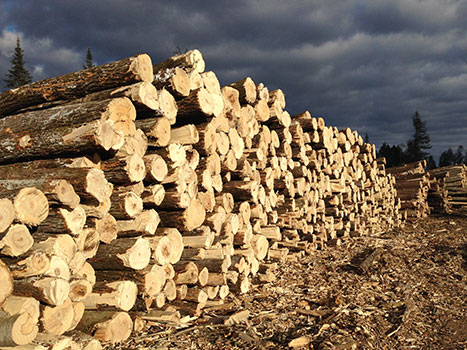
Loader/Loader Operator: Workers and machinery used to load logs on trucks for transport to the mill.
Loader PPE:
- Hard Hat
- Leg Protection
- Eye Protection
- Safety Boots
- Hearing Protection
- Gloves
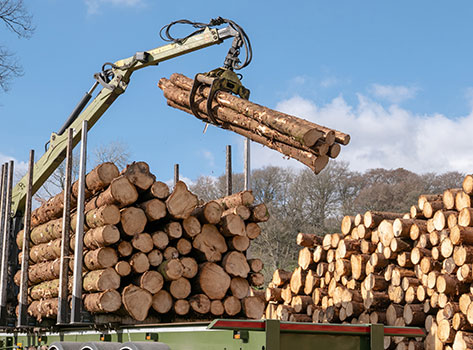
Chipper/Chipper Operator: A chipper is a machine that breaks wood up into small chips.
Chipper PPE:
- Hard Hat
- Hearing Protection
- Safety Boots
- Eye Protection
- Face Protection
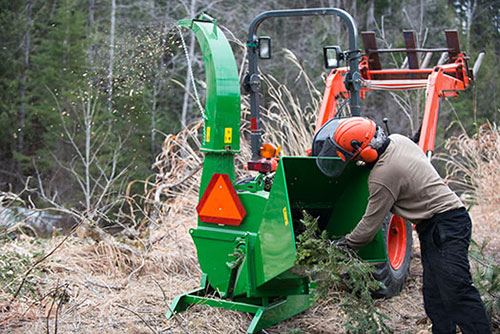
Truck/Truck Driver: Transport lumber from forest site to mills.
Truck Driver PPE:
- Hard Hat
- Safety Boots
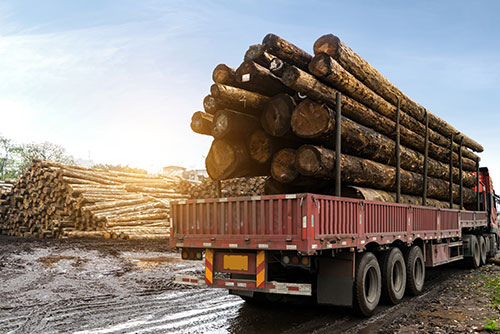
Mechanic: Workers who fix and maintain machinery and equipment.
Mechanic PPE:
- Hard Hat – when exposed to hazards created by any of the previous listed operations
- Hand Protection, if applicable
- Safety Boots
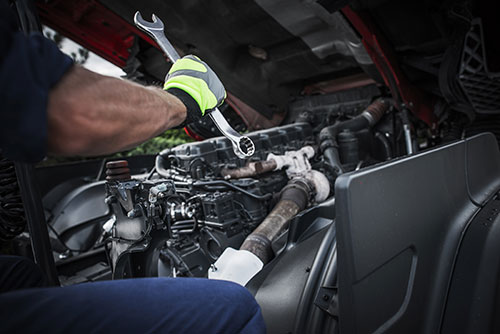
Dozer/Dozer Operator: A dozer is machinery used to move dirt and prepare land for forest operations.
Chipper PPE:
- Hard Hat
- Safety Boots
- Hearing Protection
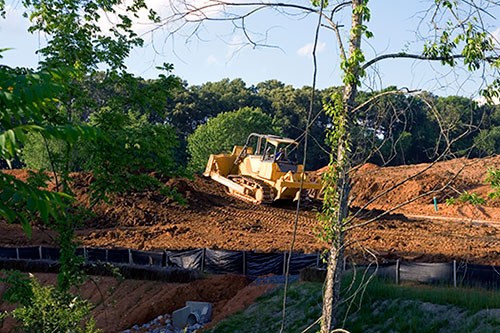
Personal protective equipment other than foot protection (boots) must be provided by the employer at no cost to the employee.
PPE for Fire Management
Watch Fire PPE.
Sun
When working outdoors in the Southeast, temperature should also be considered and precautions be taken to train and protect those working in the forest industry.
OSHA provides these guidelines: Sunlight contains ultraviolet (UV) radiation, which causes premature aging of the skin, wrinkles, cataracts, and skin cancer. There are no safe UV rays or safe suntans. Be especially careful in the sun if you burn easily, spend a lot of time outdoors, or have any of the following physical features: numerous, irregular, or large moles; freckles; fair skin; or blond, red, or light brown hair. Here's how to block those harmful rays:
- Cover up: Wear loose-fitting, long-sleeved shirts and long pants. Use sunscreen with a sun protection factor (SPF) of at least 30. Be sure to follow application directions on the bottle or tube.
- Wear a Hat: A wide brim hat, not a baseball cap, works best because it protects the neck, ears, eyes, forehead, nose, and scalp.
- Wear Sunglasses: Wear UV-absorbent sunglasses (eye protection). Sunglasses don't have to be expensive, but they should block 99 to 100 per- cent of UVA and UVB radiation. Before you buy sunglasses, read the product tag or label.
- Limit Exposure: Limit exposure. UV rays are most intense between 10 a.m. and 4 p.m.
Heat
The combination of heat and humidity can be a serious health threat during the summer months. If you work outside you may be at increased risk for heat- related illness. So, take precautions. Here's how:
- Drink: Drink small amounts of water frequently.
- Clothing: Wear light-colored, loose-fitting, breathable clothing – cotton is good. Wear high boots or closed shoes that cover your feet. Wear long sleeves; tuck pant legs into socks or boots Wear a hat.
- Use Repellents: Use tick repellants, but not on your face.
- Ticks: Examine your body for ticks after work. Remove any attached ticks promptly and carefully with fine-tipped tweezers by grip- ping the tick. Do not use petroleum jelly, a hot match, or nail polish to remove the tick.
- Shower: Shower after work. Wash and dry your work clothes at high temperature.
Beat the Heat
Listen to the podcast "Beat the Heat" below from the Centers for Disease control. Read the Beat the Heat podcast transcript.
While you listen to this podcast, complete the 1.07 Heat Protection.